If you have ever lived in thin-walled property near some loud neighbors, you have probably wondered how to soundproof your apartment, and what needs to be done to make your thin apartment walls impenetrable.
Conversely, if you plan on buying a massive stereo system, throwing many parties, or picking up a new instrument, you might have asked yourself what you can do to avoid being the loud neighbor all the nearby residents hate.
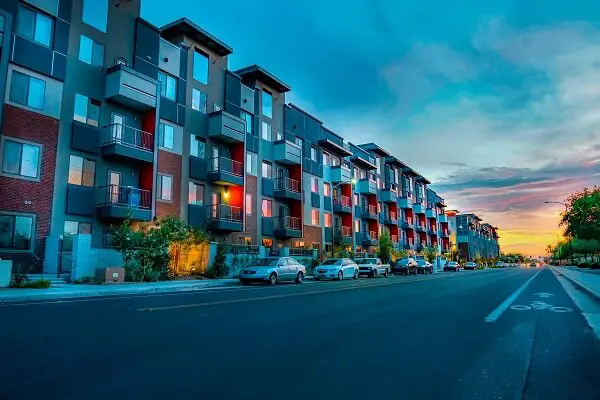
Depending on your apartment’s location, the problem might not be keeping sound from escaping your apartment. Instead, your concern could be the street noise during the night.
Soundproofing an apartment follows some basic soundproofing principles and rules, but you might have to tweak and adapt them depending on the space and the structure you’re working with.
How much will it cost?
The cost can vary massively depending on how much work is needed. If you just need to seal a door, it can cost less than $20. If you need to fully soundproof a wall, ceiling, floor and windows then costs can quickly escalate.
To save money we have put together a guide to doing as much of it as possible yourself below.
Feel free to cherry-pick any of these, for example, if noise is leaking through your windows just focus on them.
1. Make an inventory of your space
Note all the “weak” points where noises leak most easily. These include any windows and flimsy doors. Check for gaps and spaces between frames in windows and doors. If there are drafts present, that’s a telltale sign of this sort of issue.
Also, evaluate possible problems with the front door and determine if there are gaps in the door jamb.
What are your walls made of?
If they are made with drywall, which is the most common type, they’re quite thin and there’s no wonder you can hear everything happening outside.
2. Use Weatherstripping
If your front door has small issues, get some weatherstripping tape or a door sweep, and install it in the gaps around the door. Do the same with any problematic windows if at all possible.
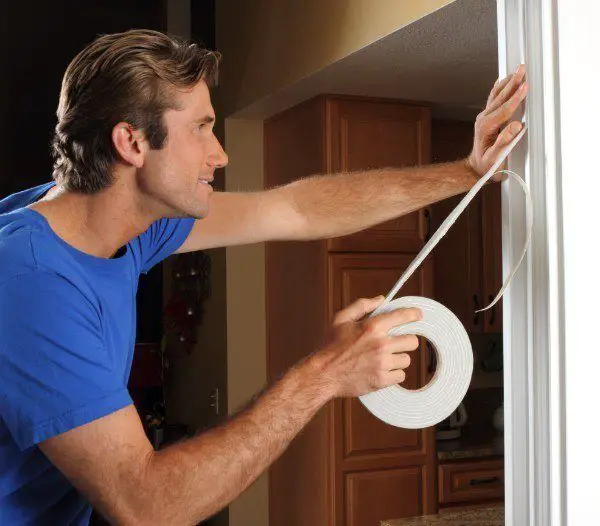
Weatherstripping tape comes in many different materials, so you can choose whatever fits best for your personal needs. Try to get something as durable as possible.
3. Soundproof The Door
If the tape and sweep are good but not enough—because your door’s construction is very flimsy—you can attach a rigid foam cover to it. However, you need to make sure this is allowed where you live, as it might be a code violation in some places.
If the foam board is not an option, consider replacing the door with a soundproof apartment door.
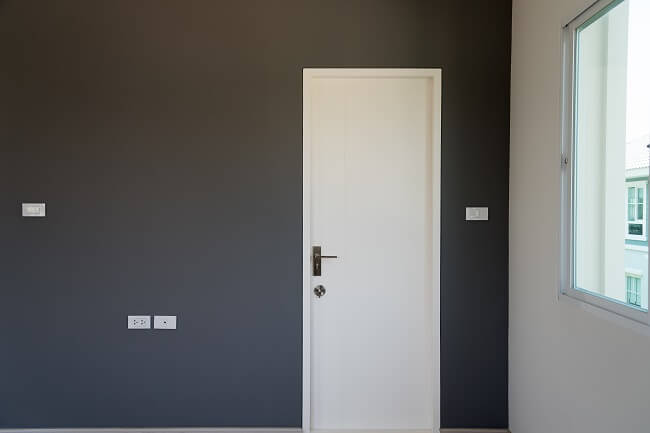
Another thing you can do is use noise-reducing fibreglass panels over the flimsy door. They’re not the prettiest option, but they certainly work for your sound purposes.
If flimsy doors are a problem in your apartment read our full guide on how to soundproof a door.
4. Soundproof The Window With Window Plugs
Hopefully, the tape is enough for most windows, but if it isn’t, you’re not entirely out of luck.
You can quickly build some removable window plugs to use, say, in bedrooms at night if you live on a busy street. All you need to do is layer foam and a soundproof mat and glue them to a wooden board that you can snugly fit over your windows.
This solution won’t work for, say, a living room, but it’s a good option for a bedroom because it has the bonus of blocking any light from coming in, and it will help you sleep much better.

Another window option is window inserts. While not as effective as any other options previously mentioned, they do have the advantage of not blocking out light —or the view!— so they can be left there permanently, and you’ll barely notice they’re there.
Alternatively, check out some of these different methods you can use to soundproof your windows.
5. Use Acoustic Curtains
For windows where plugs aren’t an option, such as those in the living room, or if you want a solution you can leave up permanently, soundproof curtains are your answers.
They aren’t as isolating as the plugs, but if you choose well they can even become a feature of your home’s aesthetic and decor.
6. Soundproof Your Walls
If you are committed to soundproofing as much as possible and have a healthy budget, you can either open your walls and fill them with acoustic foam or mass loaded vinyl. You can also add an extra layer of soundproof drywall over your existing walls, basically thickening them.
Thicker walls instantly mean less noise, so if you can afford it, go ahead and do this. This is the real deal when it comes to soundproofing.
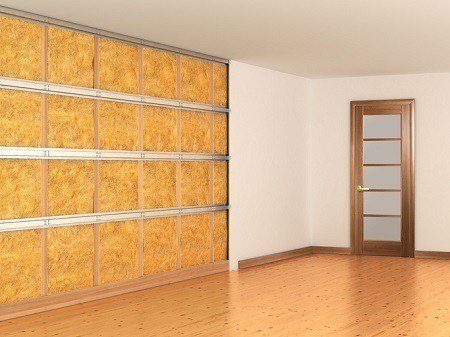
As a last resort, if you can’t open the walls or install new ones, you can always install some acoustic foam over your walls.
This probably won’t work all over your apartment because the aesthetic of the space will be seriously impacted, but it’s a somewhat efficient last resort for problematic or special-use spaces (music rooms, tv rooms, etc).
For more info read our complete guide on how to soundproof a wall.
7. Fit a Drop Ceiling
Whatever you do, don’t forget to soundproof your ceiling. If you don’t, only the noise coming from the walls will be reduced or blocked, and all will keep leaking through the roof.
The best option —albeit pricey and that will require help from someone with more experience— is adding a drop ceiling made of special acoustic panels, and sometimes, soundproof ceiling tiles.
8. Fix Wall Gaps With Acoustic Caulk
Any cracks, gaps, and imperfections in your already-thin walls are making the issues worse, so fill them in. Not only will your walls look better, but the noise will have fewer ways of getting through.
9. Try Soundproof Paint or Wallpaper
If none of the options above work for your walls or doors and you’re open to adding some texture to your walls, soundproof paints and soundproof wallpapers might help.
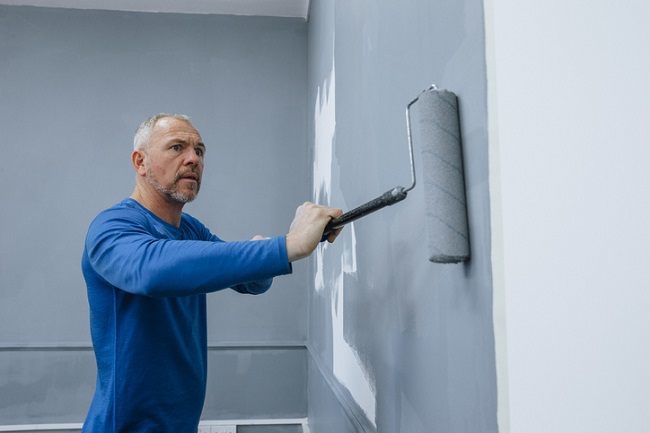
The main difference between these and their regular counterparts is thickness. The soundproof varieties are rubber or latex-based and that makes them denser than what you’d usually use.
Will you achieve the same results with these as you would with in-wall soundproofing insulation? No, but if the other options aren’t feasible for you, these are still better than nothing.
10. Soundproof Your Floor
A thick carpet is a good option when it comes to soundproofing your floor, and if you use it everywhere, it will render the best results possible.
We understand, however, that you might not want to cover your beautiful hardwood floors with a carpet, so another option is laying down carpets in your spaces. The thicker the better; and while it won’t be a perfect solution noise-wise, it might be your preferred aesthetic choice.
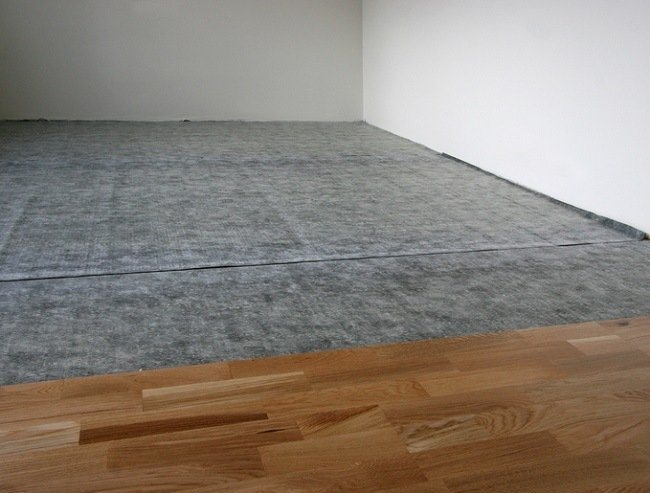
Any sort of carpet you put on your floor will help to a degree, but this degree varies with size and fibre quality.
An extra tip if you feel your carpet is not cutting it: Try adding foam floor mats (or even rubber ones) underneath your carpets.
11. Rearrange Furniture To Dampen Sound
While imperfect, one of the easiest and quickest ways to alter how sound gets in (and reverberates throughout your space) is rearranging the furniture.
If you share a thin wall with an especially loud neighbor, try putting your bookcases, media center and other big shelving units on that wall. This will automatically make that wall “thicker” and sound will have a harder time getting through it.
The same logic applies to other big pieces of furniture such as couches and beds
This might not completely fix your problem, but it can certainly improve it to a degree.
12. Add Wall-pieces For Sound Dampening
Adding wall art and other decor is a no-brainer that helps, and that most people do without even thinking about sound matters. Things like big artwork (especially on canvas) help “block” some of the noise in the same way your bookcases and other big pieces of furniture do.
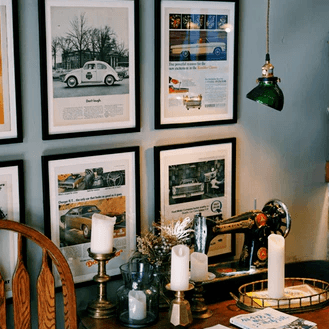
If you’re serious about choosing your wall furnishings in light of their acoustic impact, you might want to stay away from too much glass (or mirrors) since they bounce off a lot of sounds.
13. Use Lots of Textiles
Textiles are great sound-absorption surfaces. They often not only reduce bouncing, but trap sound, which means: Go wild with those pillows, throws, and padded chairs!
Hanging soft fabrics on walls and other surfaces is super helpful when it comes to stopping sound from bouncing around.
14. Check The Vents
People often forget about vents because they’re not technically windows. But for soundproofing purposes, they can be equally problematic.
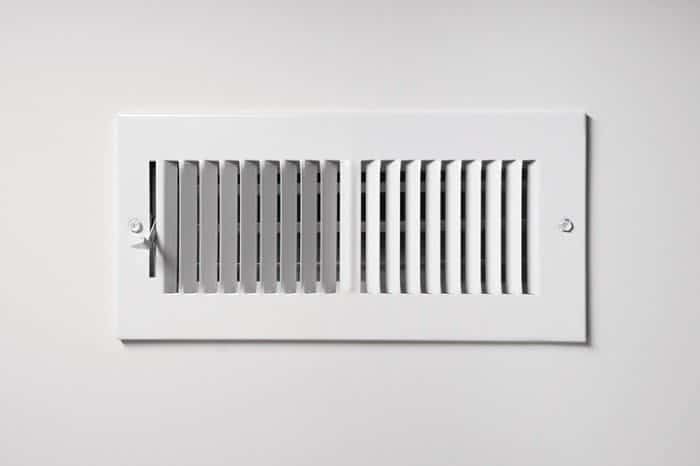
Letting air and loud sounds in, vents need to be addressed.
You can block them (not always safe) or there are a number of things you can do to soundproof your vents.
What is sound dampening?
Soundproofing and sound dampening aren’t the same thing.
If you want to learn how to dampen sound in an apartment, you need to look no further than some of our previous tips above. All the “light” soundproofing techniques that reduce sound or alter reverberation via rearranging furniture (or other objects) is sound dampening.
If you’re not interested, don’t have the money, or don’t have the personnel to do actual soundproofing construction work, dampening might be sufficient. You’re probably even doing it (and have done it in the past) without realizing it.
Sound dampening is what makes any space “sound better” (after you’ve filled it rugs, furniture, appliances, or equipment) versus what your voice sounds like in an empty apartment or a place full of boxes. Rooms with an echo can be frustrating, but, fortunately, they don’t usually last that long.
Soft furniture and decor pieces are your safest bet, as are large bookcases. They trap and muffle the waves of loud noises.
How do you if you need soundproofing?
Quantity and quality of noise are key, and quality of life in your own experience is the main factor to decide this.
If you deal with daily disturbances of any shape, anything that’s causing you headaches deserves to be addressed and improved for your benefit. A child that can’t sleep (read our article on how to soundproof a nursery), or a dog barking in the middle of the night (read our soundproof dog crate article) might seem like small things, but they become larger concerns when they’re regular and frequent issues.
We hope this guide was useful to you in working out how to soundproof an apartment – thanks for reading.
As an Amazon Associate I may earn a small fee from qualifying purchases at no extra cost to you. This helps us run the site, so thanks for your support!
thank you, this will be very useful for me. All methods sound good especially number 2 which I tried and it works well!
Thanks Aram, agreed – weather stripping is one of my favourite soundproofing hacks, it’s cheap, quick and easy to install and can make a big impact!